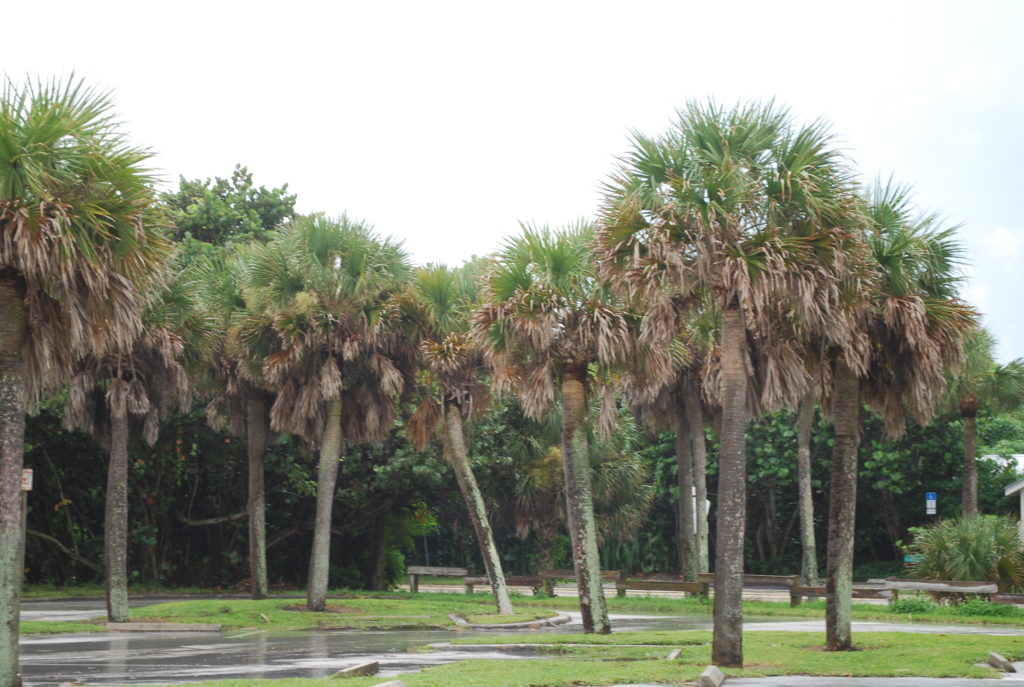Palm trees are ever-present in warm-season areas in sun or shade, formal gardens, utilitarian plantings, or natural cover. Palm trees define the looks of the tropical and sub-tropical landscape, and many species, primarily non-native types, are planted in commercial and residential landscapes. This commentary is in praise of cabbage palms.
Whether a native-born or seasonal resident, everyone wants and plants palm trees, and most often, the palm of choice is one with a long, feather-like leaf, such as a coconut palm. Yet, the most common, native, and sustainable palm for the southeastern US is Sabal palmetto, also known as the cabbage or Sabal palm, is often overlooked because its fronds are not considered by some to be “palm-like.”

To Florida’s early native peoples, including the local Jeaga and Jobe, the cabbage palm that later became Florida’s State tree provided food, shelter, and transportation. The leaves from deep inside the bud were and still are harvested and cooked as swamp cabbage. Dwellings and canoes were built from the trunks, which were excellent for strongholds because cannonballs bounced off the spongy surface. The leaves or fronds were used for thatched roofs. In the early 1900s, scrub brushes were made out of the fibers surrounding the bud.
Humans are not the only beneficiaries of the cabbage palm. Bears eat the leaf buds of young palms as well as the fruits. The small black spherical berries with shiny brown seeds inside are savored by squirrels, raccoons, possums, and many other species of mammals and birds. Bees, frequent visitors to the flowers, produce luscious palm honey, and bats that eat pesky bugs make their home in the old, brown leaves.
Cabbage palms are worthy of a place in the modern landscape. They are one of the most abundant species found throughout the southeastern United States. They tolerate a wide range of growing conditions and are very drought tolerant once established. Cabbage palms are pest resistant and stand up to just about anything: hurricanes, kids with sticks, cold weather, and just like the original Florida natives and early settlers, they are happy with sand in their roots.
This commentary first appeared in Hobe Sound Magazine.
Leave a Reply